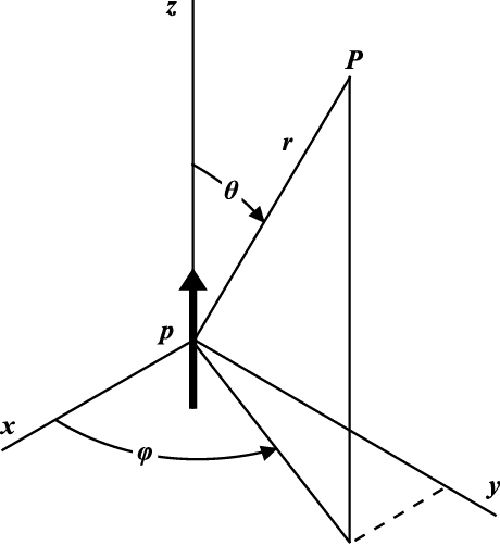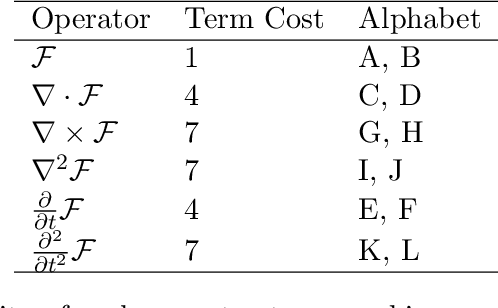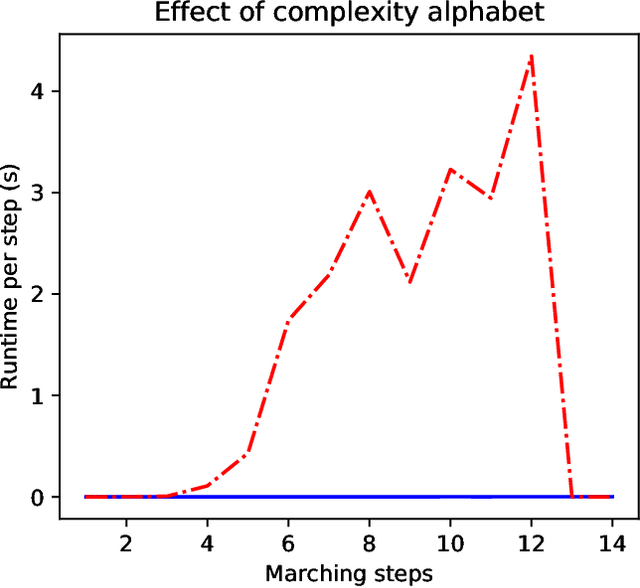Chao Ju
Radiology-Llama2: Best-in-Class Large Language Model for Radiology
Aug 29, 2023Abstract:This paper introduces Radiology-Llama2, a large language model specialized for radiology through a process known as instruction tuning. Radiology-Llama2 is based on the Llama2 architecture and further trained on a large dataset of radiology reports to generate coherent and clinically useful impressions from radiological findings. Quantitative evaluations using ROUGE metrics on the MIMIC-CXR and OpenI datasets demonstrate that Radiology-Llama2 achieves state-of-the-art performance compared to other generative language models, with a Rouge-1 score of 0.4834 on MIMIC-CXR and 0.4185 on OpenI. Additional assessments by radiology experts highlight the model's strengths in understandability, coherence, relevance, conciseness, and clinical utility. The work illustrates the potential of localized language models designed and tuned for specialized domains like radiology. When properly evaluated and deployed, such models can transform fields like radiology by automating rote tasks and enhancing human expertise.
Radiology-GPT: A Large Language Model for Radiology
Jun 14, 2023



Abstract:We introduce Radiology-GPT, a large language model for radiology. Using an instruction tuning approach on an extensive dataset of radiology domain knowledge, Radiology-GPT demonstrates superior performance compared to general language models such as StableLM, Dolly and LLaMA. It exhibits significant versatility in radiological diagnosis, research, and communication. This work serves as a catalyst for future developments in clinical NLP. The successful implementation of Radiology-GPT is indicative of the potential of localizing generative large language models, specifically tailored for distinctive medical specialties, while ensuring adherence to privacy standards such as HIPAA. The prospect of developing individualized, large-scale language models that cater to specific needs of various hospitals presents a promising direction. The fusion of conversational competence and domain-specific knowledge in these models is set to foster future development in healthcare AI. A demo of Radiology-GPT is available at https://huggingface.co/spaces/allen-eric/radiology-gpt.
TheoSea: Marching Theory to Light
Aug 14, 2017



Abstract:There is sufficient information in the far-field of a radiating dipole antenna to rediscover the Maxwell Equations and the wave equations of light, including the speed of light $c.$ TheoSea is a Julia program that does this in about a second, and the key insight is that the compactness of theories drives the search. The program is a computational embodiment of the scientific method: observation, consideration of candidate theories, and validation.
 Add to Chrome
Add to Chrome Add to Firefox
Add to Firefox Add to Edge
Add to Edge